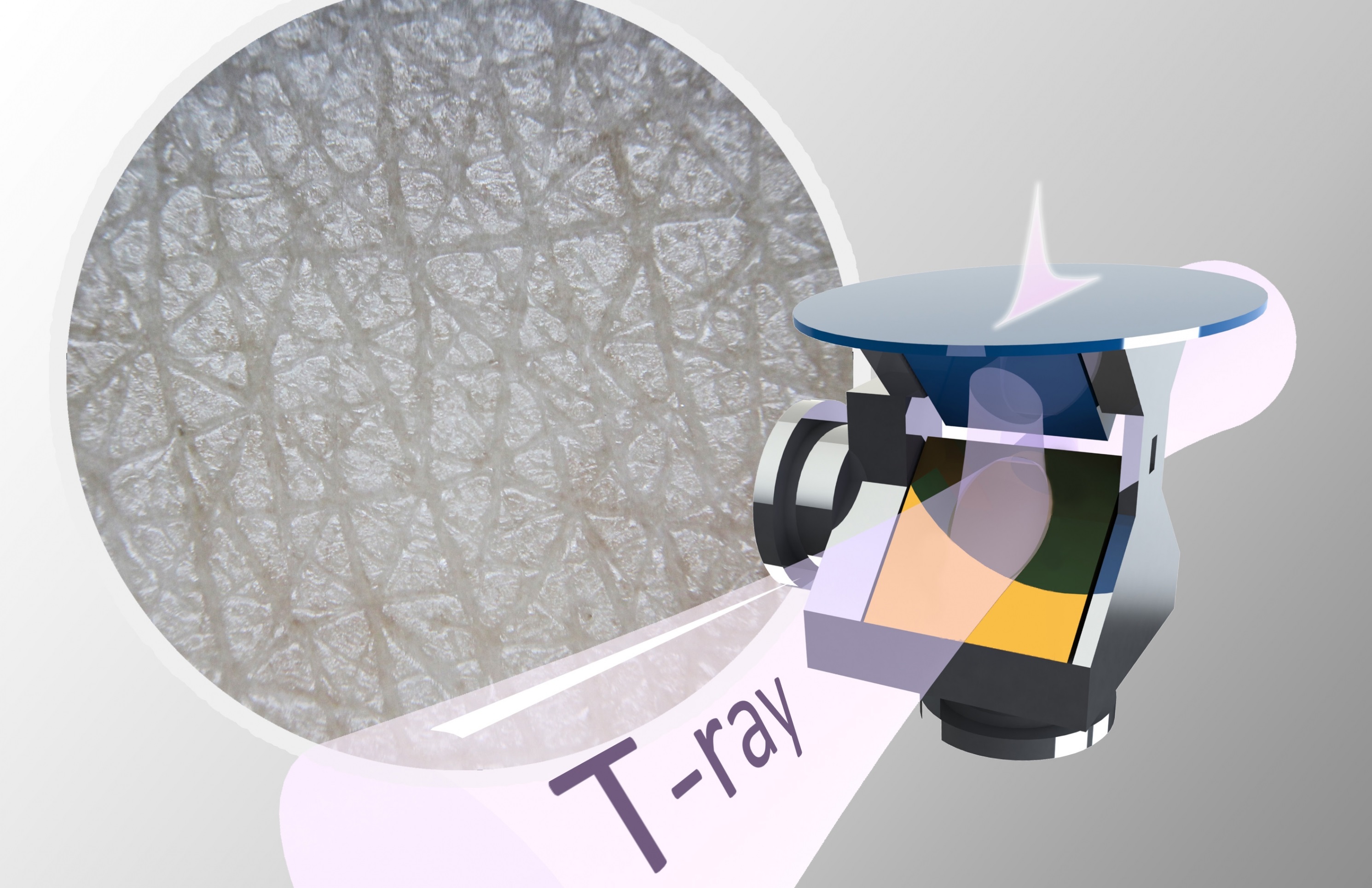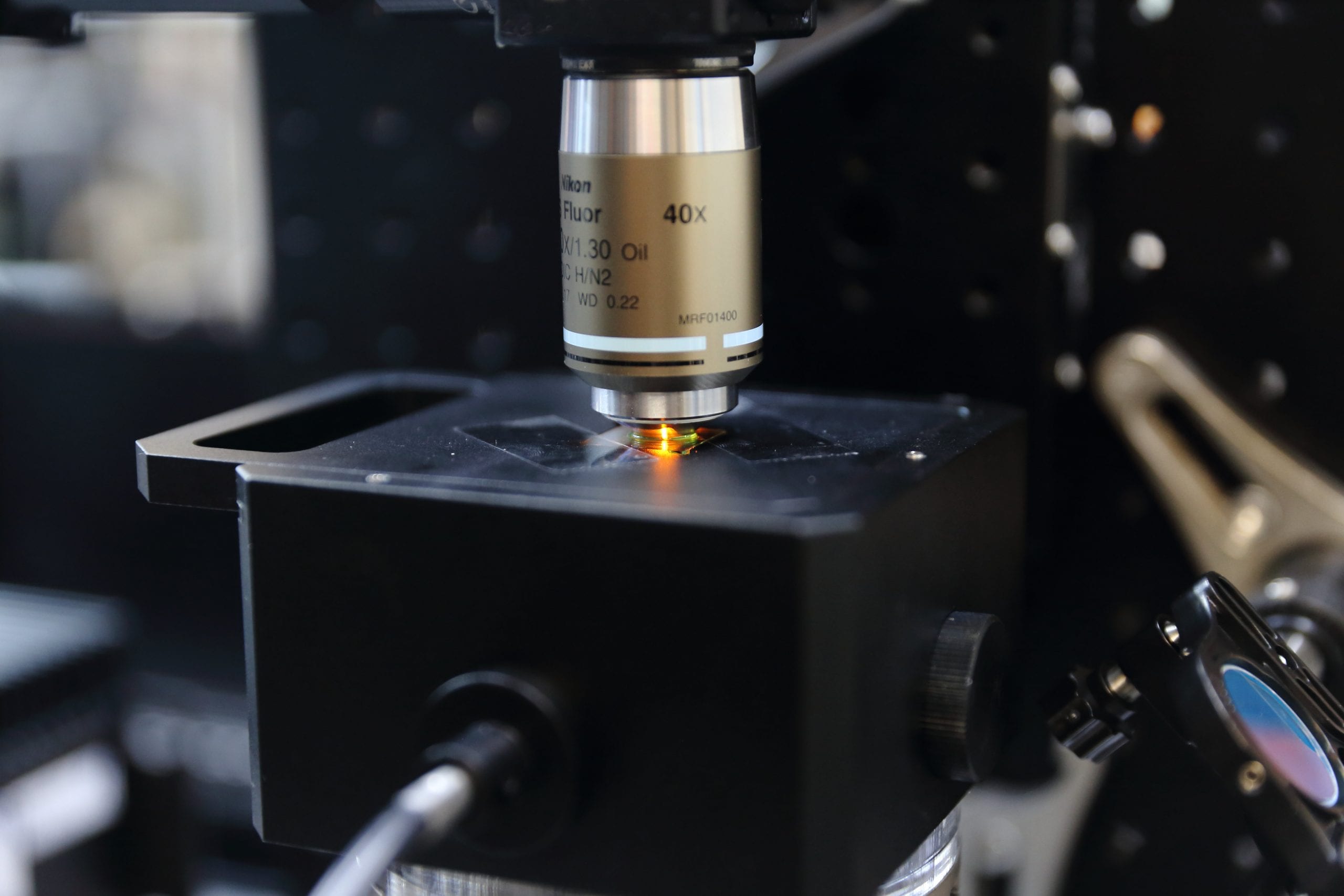English
繁體中文
简体中文

The ocean is the largest energy treasure house on earth, covering approximately 70% of its surface. Harvesting this is called “blue energy” and it’s a solution to energy crisis. However, given its complex technology and high cost, electricity generation from blue energy isn’t easy. A CUHK research team has recently developed a high-efficacy generator for harnessing ocean wave energy, which turns a new page.

Distinguished as safe, powerful and flexible but plagued by a short life, sulphur-based redox flow batteries have been given a boost to their duration by CUHK engineers, ending a long unsolved challenge. They have designed a novel membrane, keeping the battery’s two electrodes apart and reducing the loss of active materials, so ramping up its lifetime, stability, and its usefulness in grid-scale energy storage devices.

Architects always have an abundance of design ideas, yet in the real world, there are limitations such as workers’ techniques, time and building costs. A professor from CUHK shows how cable-driven robots transform non-standard and artistic designs into precise executions and eventually help realise the endless possibilities for design concepts.

Smart wearable technology is evolving into a new form. Powering a smartwatch through solar power could be one the ways but how could it be sustainable under a lengthy cloudy sunless day? Researchers in CUHK recently found that you can be in control of your watch’s energy and sustain its battery endurance through walking and the swinging of your arms.

T-rays radiation does but, far from annoying, it’s a new, safe and easy boon to diagnosing skin disease. With your arm on the imaging window of T-ray equipment, T-rays get under the skin to measure thickness and hydration. A novel method of analysis from CUHK and Warwick University, T-rays improve treatment of eczema, psoriasis and skin cancer.

We all know what LEGO is—it is a timeless, fun and educational toy for a kid, one he or she played with as a child, and now probably steps on when walking around the house as a parent. But the charm of LEGO knows no bounds. In fact, more and more adults nowadays show an increased interest in tinkering with these brightly hued bricks.

High energy batteries, in cell phones and laptops, can blow up in your face. Research around that problem surfaced with a solution from a surprisingly different field. It is a soluble polymer used in skin cream that can also stabilise battery output. Soon, putting a phone on your cheek will be as gentle on your skin as moisturizer.

You get lost on a mountain and your cell phone battery goes flat. How do you get help? You help yourself by walking, wearing a featherweight biomechanical device which harvests energy from the movement of your body. CUHK Professor Wei Hsin Liao explains how a moving knee can generate electricity.

There is a new way to deploy the right microrobotic swarm into a bodily fluid to fight illness. A research group of the Faculty of Engineering has categorised magnetic swarming microrobots and devised ways to select the one that navigates best in a bio-fluid, taking treatment into the vascular system and other confined regions of the body.

10,000 times faster, 98% cheaper and better quality, a revolution in nanoscale 3D printing technology comes from the Faculty of Engineering Professor Shih Chi Chen and his team with FP-TPL. It prints layer-by-layer not point-by-point, greatly improves resolution, and heralds a new era for biomedical and nanotechnology.